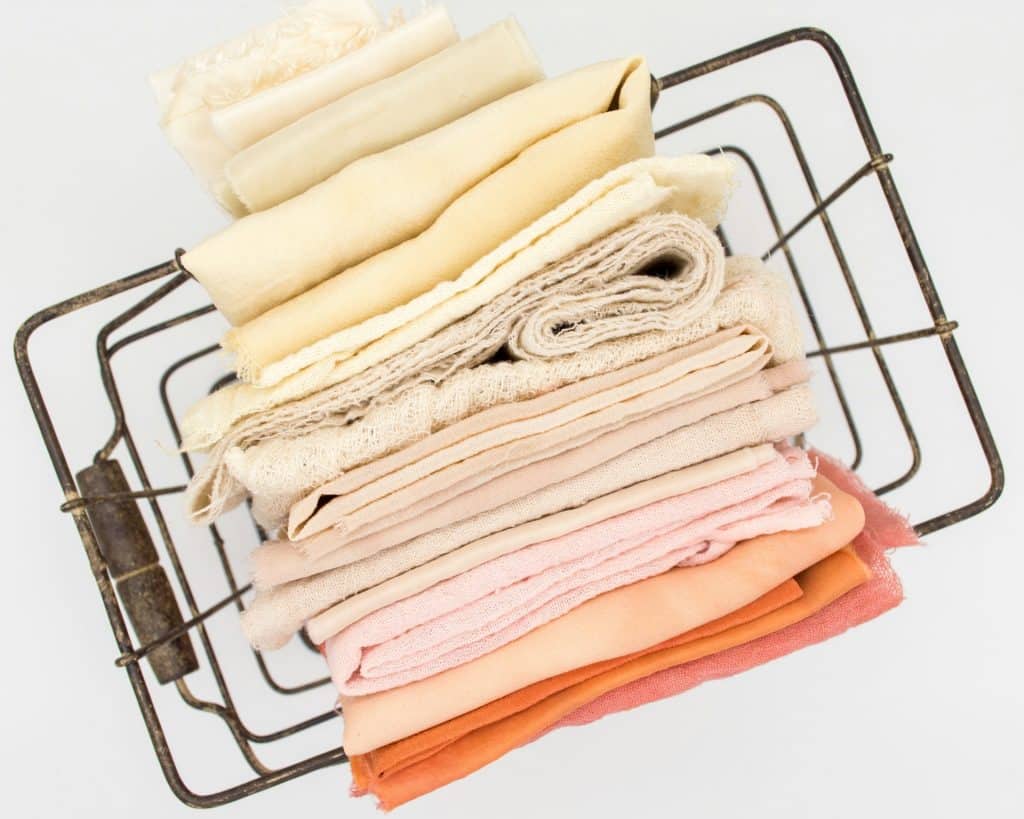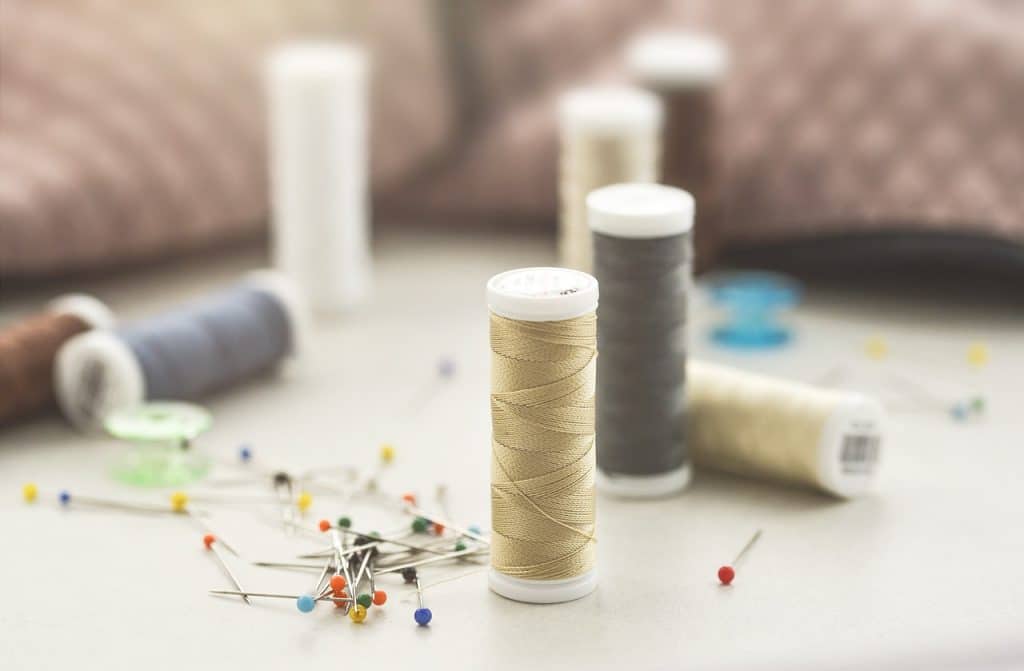Let’s be real – the fashion world is all about being cutting-edge and creative. But with everyone going green these days, managing waste in a responsible way has become a major priority. Proper dumpster use and smart waste management are key to making your fashion biz more eco-friendly.
This guide is here to give you the inside scoop on how to handle waste efficiently, reduce your environmental footprint, and do your part for a more sustainable future. From understanding the different kinds of waste to setting up recycling programs and positioning those dumpsters just right, we’ve got you covered with all the tips and tricks you need to make your fashion business greener than a meadow in spring.
The Local Dumpster Rental Lowdown
When it comes to managing waste sustainably, working with local dumpster rental companies is a total game-changer for the fashion industry. Not only does it support your community, but it also cuts down on the carbon emissions from long-distance hauling.
By teaming up with nearby waste management providers, you can ensure your trash gets taken care of quickly and efficiently – because let’s be honest, nobody wants piles of waste piling up in their workspace. Whether it’s a Bin There Dump That Chesapeake or a rental company right in the heart of New York City, going local is the way to go. Plus, you can build a closer relationship with the rental crew, making it easier to coordinate and plan your waste management strategy.
Recycling: The Fashion Industry’s New Best Friend
Implementing a killer recycling program is the foundation of sustainable waste management in the fashion world. Start by doing a waste audit to identify the materials your business tosses out the most – think textiles, packaging, paper products, and plastics. Once you’ve got that sorted, set up designated recycling stations around the workplace with clear signage and easy access to encourage everyone to get on board.
But it’s not just about having the stations – you’ve got to train your staff on recycling like it’s their job (because in a way, it is!). Educate them on the importance of recycling and give them the lowdown on what can and can’t go in the bins. Partnering with local recycling facilities can also help streamline the process and ensure your sorted goods end up in the right place.
The Art of Dumpster Placement
Optimizing where you put those dumpsters is a total game-changer when it comes to efficient waste management in the fashion industry. Strategic dumpster positioning can make your operations run smoother than a finely tuned machine and prevent any accidental littering or improper disposal.
First things first, you’ll want to place those dumpsters in easily accessible spots for both your employees and the waste management crew. This makes waste disposal a breeze and ensures the dumpsters get picked up and maintained on the regular. In high-traffic areas like production floors or warehouses, position the dumpsters as close as possible to where most of the waste is generated. This cuts down on the time and effort your staff has to spend hauling trash, boosting overall productivity.
And let’s not forget about safety – make sure those dumpsters are on level, stable ground to avoid any accidents or spills during disposal. Trust us, nobody wants to deal with that kind of mess!

Tackling Textile Waste Head-On
Reducing textile waste is a major challenge for the fashion industry on its sustainability journey, but it’s one we’ve got to tackle head-on. A huge chunk of fashion waste comes from leftover fabrics, unsold inventory, and garments tossed by consumers. So, how do we address this issue?
One killer solution is to embrace zero-waste design techniques. By carefully planning pattern layouts and using nifty software to optimize fabric usage, designers can dramatically reduce the amount of scrap material generated during production. And for those unavoidable offcuts and remnants, get creative and repurpose them into accessories or smaller apparel items to extend their life cycle.
Upcycling and recycling existing textiles is another game-changer. Partnering with textile recycling facilities can transform old or damaged garments into brand-new fabrics or other useful materials, reducing our reliance on virgin resources. Fashion brands can also encourage customers to return their old clothes through buy-back programs or in-store recycling bins, offering incentives like discounts on future purchases.
Handling Hazardous Materials: Safety First
When it comes to handling hazardous materials in the fashion industry, safety has to be the top priority for both people and the planet. We’re talking about things like certain dyes, chemicals used in textile processing, and cleaning agents – stuff that can seriously harm the environment if not managed correctly.
The first step is to do a thorough assessment and identify all the hazardous substances used throughout your production process. Once you’ve got that sorted, it’s time to implement strict handling protocols. Train your staff on the proper use, storage, and disposal of these materials, and make sure they’re familiar with the information in the safety data sheets, like first-aid measures and spill response procedures.
Proper storage is also crucial. Keep those hazardous materials in clearly labeled, secure containers to prevent any accidental exposure or spills. The storage areas should be well-ventilated and equipped with emergency response equipment like spill kits and fire extinguishers, just in case.
At the end of the day, managing waste responsibly isn’t just good for the environment – it’s essential for the long-term success of your fashion business. By implementing recycling programs, optimizing dumpster placement, reducing textile waste, and handling hazardous materials with care, we can make serious progress toward a more sustainable future. It’s going to take a collective effort from everyone in the industry, but together, we can reduce our environmental impact and pave the way for a greener, cleaner world. Let’s use those dumpsters wisely and manage waste like total pros – our future selves (and the planet) will thank us.








